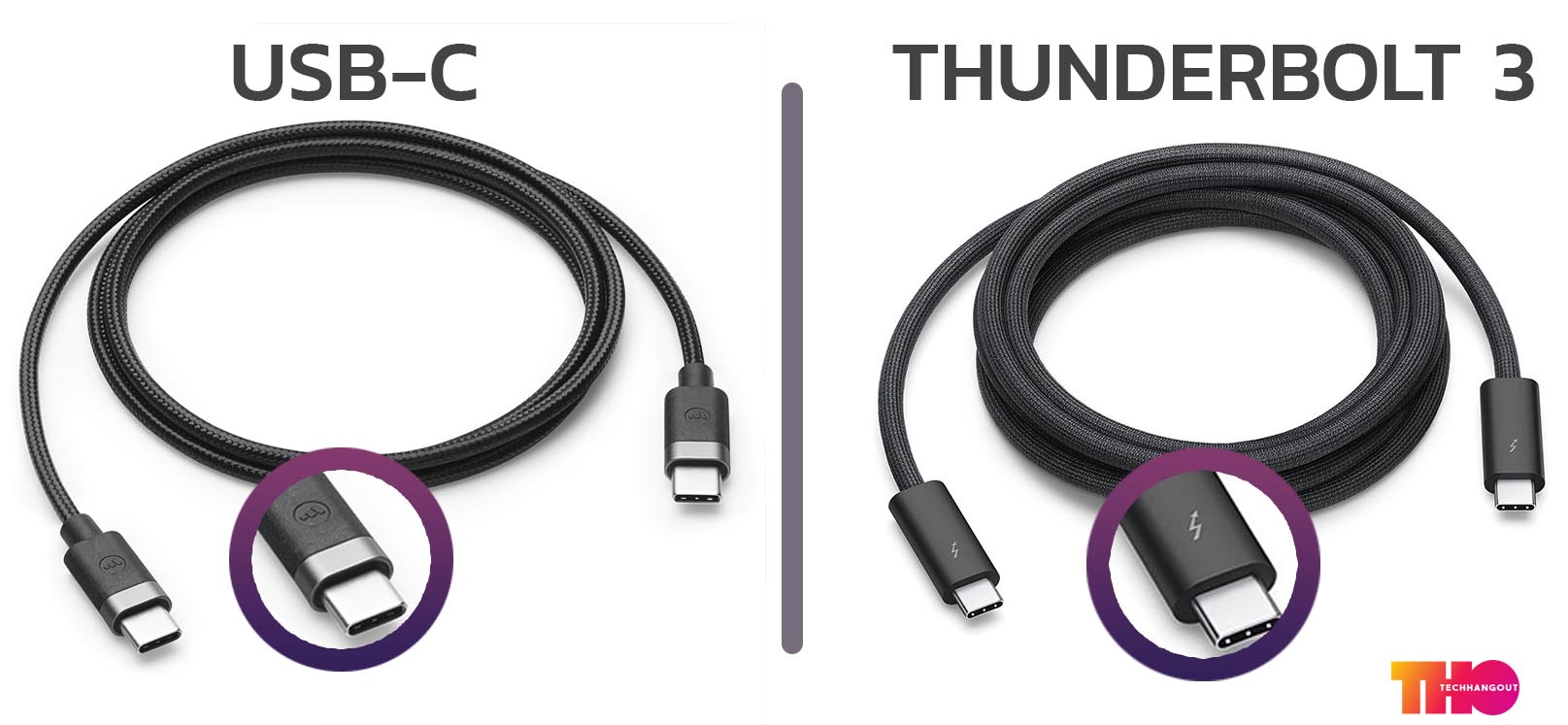

Most of the chipset controllers in the drive enclosures do not support USB over the Thunderbolt 3 port, even if the PC does. But take that same drive and plug it into a USB port that doesn’t support Thunderbolt 3, and you’ll get nothing. Plug a Thunderbolt 3 drive enclosure into a Thunderbolt 3 port with a 40Gbps Thunderbolt 3 cable, and in theory you get your 40Gbps-or-so (40Gbps in each direction shared across PCIe and DisplayPort). Where it gets downright messy is with Thunderbolt 3 drives. They should do the same for the upcoming USB 3.2. The same goes for the cables that connect the devices to the ports: The cables may support a certain speed, but ultimately the port’s speed rules.Īll Thunderbolt 3 ports in a PC support SuperSpeed 10Gbps speeds (USB 3.1 Gen 2). Similarly, older, slower USB devices will work in newer ports, but only at the old speed. Newer, faster USB devices will work with older, slower ports, but only at the older speed. This USB chart will show you each spec version, its maximum data transfer rate, and the connector type it supports-the boxy USB-A, or the curvy USB-C. Backward compatibility is one of USB’s advantages, but also one of its challenges, as it by definition defers to the lowest common denominator. To understand how Thunderbolt and USB work together (or not), it helps first to explain how USB’s different spec generations work together.

How Thunderbolt 3 and USB4 relate (sometimes) It’s the next step after USB 3.2, which is coming soon. USB4 promises to simplify to one connection type (USB-C) and be capable of up to 40Gbps transfer speed.


What is USB4? It’s a new specification for a future generation of USB connectivity (think 2021 and beyond). When we say below that USB4 will incorporate the Thunderbolt 3 protocol, it means that Thunderbolt 3-connected products will be able to work through USB4 ports-assuming the vendor implements the support, and assuming an appropriate cable is used. A protocol may be released as an entire specification, or be part of a specification. The protocol may describe the nature of the data and how it is sent, and also what the physical delivery system is (usually a cable). What’s a protocol?: A protocol, in the context of USB connectivity (and networking in general), is a term that describes how two devices communicate with one another. All manufacturers of the product are expected to follow the specification, though they may choose to follow only parts of it (this is where the confusion starts with USB).
#Usb 2 vs usb 3 vs usb c how to
What’s a specification?: A specification, such as the USB4 specification, is a document that describes a technology and how to implement it, and is something that’s been agreed upon by a standards group or trade group. We’ll start with some short answers for what you need to know, then follow with more detail if you want to dive deeper.
#Usb 2 vs usb 3 vs usb c serial
The Universal Serial Bus Revision 3.0 Specification provides the technical details to understand USB 3.0 requirements and design USB 3.0 compatible products.We’ll help you decipher what the USB landscape is today and where it’s headed with USB4. USB 3.0 also replaces device polling with an interrupt-driven protocol so that idle devices don't have their power drained by the host controller as it looks for active data traffic.Īll USB 3.0 connections and cables are backwards compatible with USB 2.0 ports, although USB 3.0 cables are slightly thicker than USB 2.0 cables. This allows the bus to read and write at the same time, significantly speeding up the time it takes to transfer data to and from a peripheral device. Unlike USB 2.0, which could only handle traffic in one direction, USB 3.0 has a dual-bus architecture. SuperSpeed USB is ten times faster than USB 2.0 (also called HighSpeed USB) and increases the power output from about 100 milliamps to 900 milliamps. Enhancements in the USB 3.0 specification were driven by the need for faster transfer rates and better power efficiency. USB 3.0, also known as SuperSpeed USB, is the next major revision of the Universal Serial Bus (USB), a hardware interface that supports the exchange of data between a host computer and peripherals.


 0 kommentar(er)
0 kommentar(er)
